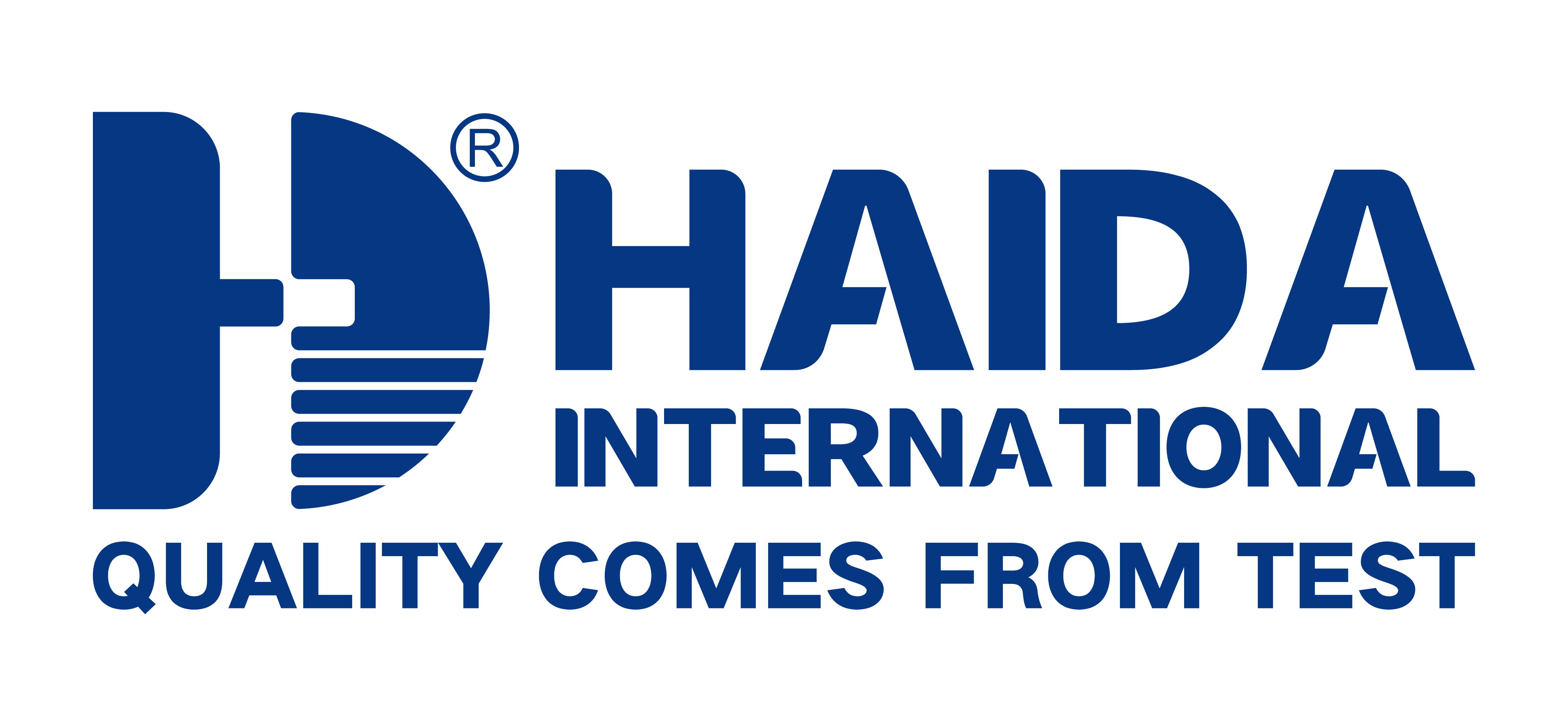Children's works can be divided into two parts: household paper and cultural paper. Children's household paper mainly includes toilet paper, paper towels, wet wipes, diapers, diapers, diapers and other products. Cultural paper mainly includes handmade drawing paper, handmade paper, puzzles, writing books, paper reading materials and other products.
In fact, the above products also have relevant national standards for reference. Some of these standards are divided into children and adults. For example, GB/T28004-2011 "diapers (sheets, pads)" divides four types of baby diapers, baby diapers, adult diapers, diapers, and diapers.
However, GB/T28004-2011 only regulates the size deviation, permeability, pH value, delivery moisture and other indicators of baby diapers and diapers. For the most critical safety performance, only a hygiene index is given and can be implemented according to GB15979.
.jpg)
Safety test items for children's tissues
Except for the items specified in GB15979, children’s household paper should not use recycled raw materials, and must not use toxic and hazardous substances. The reference test items are mainly heavy metals, mobile fluorescent substances, acrylamide, formaldehyde, total volatile organic compounds, pH, preservatives, phthalates, decomposable carcinogenic aromatic amine dyes, adsorbable organic halogens, five Chlorophenol and so on. Among them, preservatives mainly detect methyl isothiazolinone, methyl chloroisothiazolinone, mixtures of methyl isothiazolinone, magnesium chloride and magnesium nitrate, phenoxyethanol, etc., and phthalate mainly detects phthalic acid. I dibutyl formate (DBP), butyl benzyl phthalate (BBP), di(2-ethyl)hexyl phthalate (DEHP), di-n-octyl phthalate (DNOP), Diisononyl phthalate (DINP), diisodecyl phthalate (DIDP), etc.
Children paper testing project
There are many types of children’s cultural paper. In addition to toxic and hazardous substances, the edges of the paper should not be too sharp, and there must be no foreign objects on the surface. The reference test items mainly include migratable elements, migratable fluorescent substances, phthalates, formaldehyde content, acryloyl, adsorbable organic halogens, total volatile organic substances, decomposable carcinogenic aromatic amine dyes, pentachlorophenol, etc. . Among them, the movable elements mainly detect antimony, arsenic, barium, cadmium, chromium, lead, mercury, selenium and other elements. For phthalate substances, refer to the test items in household paper.
Except for the items specified in GB15979, children’s household paper should not use recycled raw materials, and must not use toxic and hazardous substances. The reference test items are mainly heavy metals, mobile fluorescent substances, acrylamide, formaldehyde, total volatile organic compounds, pH, preservatives, phthalates, decomposable carcinogenic aromatic amine dyes, adsorbable organic halogens, five Chlorophenol and so on. Among them, preservatives mainly detect methyl isothiazolinone, methyl chloroisothiazolinone, mixtures of methyl isothiazolinone, magnesium chloride and magnesium nitrate, phenoxyethanol, etc., and phthalate mainly detects phthalic acid. I dibutyl formate (DBP), butyl benzyl phthalate (BBP), di(2-ethyl)hexyl phthalate (DEHP), di-n-octyl phthalate (DNOP), Diisononyl phthalate (DINP), diisodecyl phthalate (DIDP), etc.
Children paper testing project
There are many types of children’s cultural paper. In addition to toxic and hazardous substances, the edges of the paper should not be too sharp, and there must be no foreign objects on the surface. The reference test items mainly include migratable elements, migratable fluorescent substances, phthalates, formaldehyde content, acryloyl, adsorbable organic halogens, total volatile organic substances, decomposable carcinogenic aromatic amine dyes, pentachlorophenol, etc. . Among them, the movable elements mainly detect antimony, arsenic, barium, cadmium, chromium, lead, mercury, selenium and other elements. For phthalate substances, refer to the test items in household paper.











